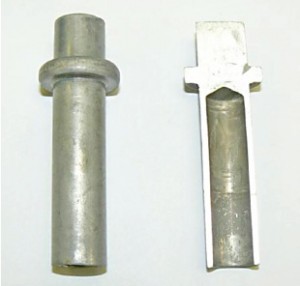From Fasteners Technology International, October 2013
About a month ago, I was driving to Detroit, MI, USA, for a couple of days of meetings. I was a little early for my first meeting, so I decided that I would stop at a restaurant and kill an hour checking emails over an iced tea. I started searching the roadside signs and spotted one for Culvers, a mid-western USA burger and frozen custard franchise, a couple of miles ahead. My wife and children are especially fond of our local Culvers restaurants, so this seemed like an excellent place to stop. When I went in, I asked to purchase an iced tea. To my surprise, the young person standing behind the counter handed me a cup and told me that the iced tea was on the house. I was shocked and even protested that I was happy to pay, but she was steadfast. I took my cup, got my iced tea and reveled in my good fortune.
Now this is a good illustration of an empowered employee making a prudent gamble in customer service. This however, is not the end of the story, nor is it really the one I’ve set out to tell. I was so impressed with this gesture though, that on my return trip home, I decided that I would make it a point to return the favor and patronize them for lunch. What happened next still has me impressed and retelling the story. When I walked in, there was a young man in his late teens or early twenties manning the only occupied register with a line of maybe six to eight hungry people waiting to order.
 From Fastener Technology International, June 2012
From Fastener Technology International, June 2012